Dog Pads Peeling [What to Do]
It’s not every day that your dog’s pads start to peel, but when it does happen, it can be a cause for concern. So what steps should you take if your dog’s pads begin to peel?
Dogs spend a lot of time running and walking on their paws in all sorts of environments, so it’s not surprising that their pads can become rough and cracked. In some cases, the skin on the pads may start to peel.

Let’s look at the causes of your dog’s pads peeling.
What Causes Peeling on Paw Pads?
Your furry companions’ paws may be peeling just because they are dry and need more moisture.
Another reason the pads may be peeling is if they’re exposed to too much sun. We all need the sun, but too much sun can dehydrate us. The same is true for your dog.
A third possible reason is if your dog is walking or running on hot surfaces, such as asphalt or concrete. Sometimes those pavements are too hot to walk on in the summer.
Another reason your dog’s pads may be peeling is because of an infection. Infections tend to create an imbalance that could result in dehydration and other problems.
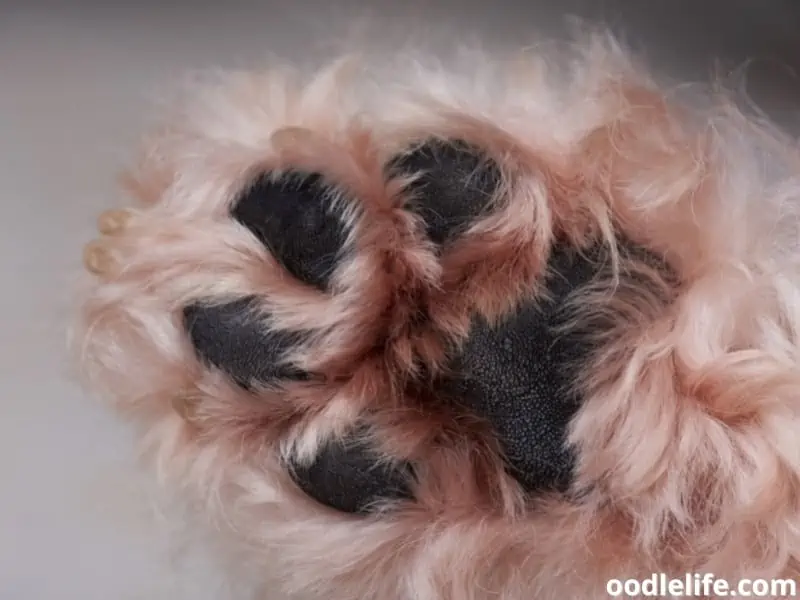
What Should You Do if Your Dog’s Pads Start to Peel?
There are several things you can do to heal your dog’s paws.
Apply a Moisturizer
The best thing you can do is keep the pads hydrated by applying a good moisturizer or cream. You can also put some petroleum jelly on them to help seal in the moisture. There are also special paw moisturizers at the pet stores.
Bandage the Area
If the pads are cracked and bleeding, you may need to apply a bandage until they heal. It will keep them from becoming infected.
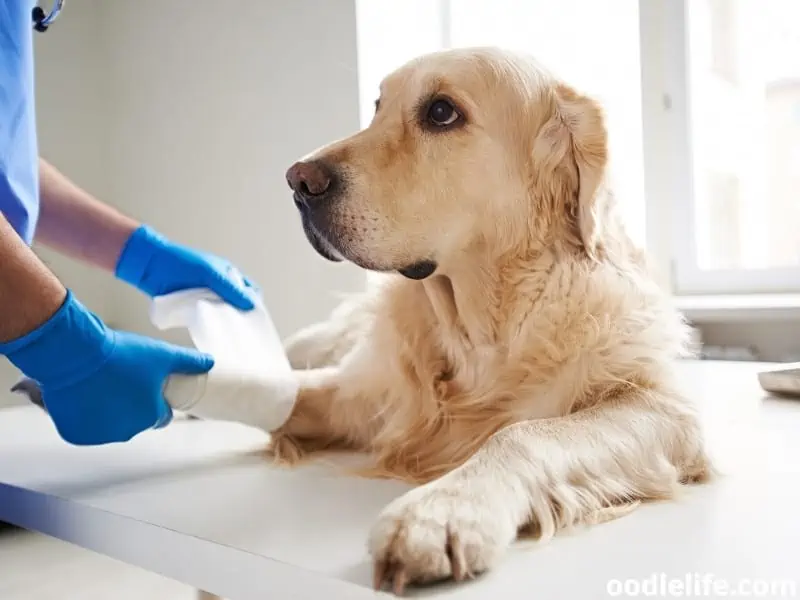
Use an Elizabethan Collar or Cone
If your dog is licking or chewing at his paws, you may want to put an Elizabethan collar on him to stop him from doing so.
Visit the Veterinarian
If you think your dog may have an infection, take him to the veterinarian for treatment. The veterinarian will determine the cause of the problem and recommend the appropriate treatment.
The most common ailment is pododermatitis which is inflammation of the skin in the paws. The veterinarian will recommend you apply a moisturizing cream or antibiotic ointment to the pads in most cases.
If the peeling is severe or your dog seems to be in pain, the veterinarian may suggest that your dog wear booties or shoes to protect his paws.
Whatever treatment you choose, make sure you keep doing it until the pads have healed. And be sure to avoid letting your dog walk or run on hot surfaces until the pads have healed completely.
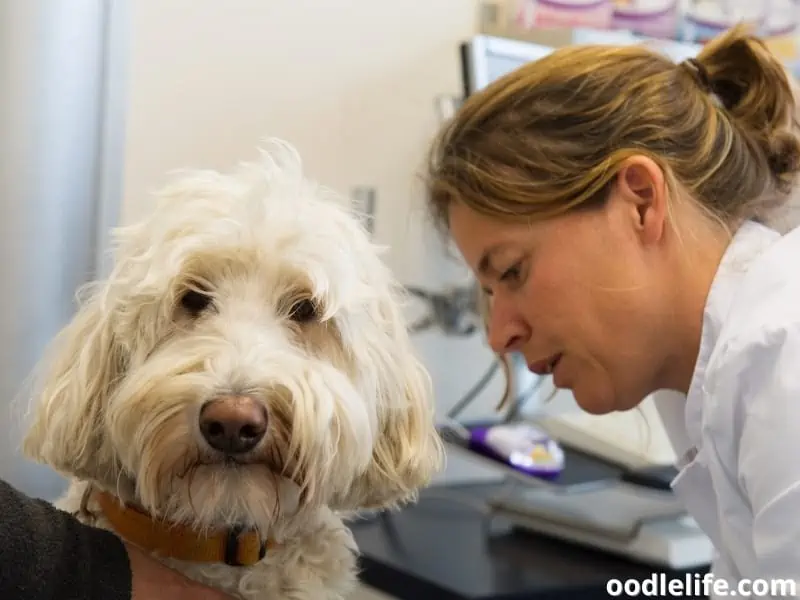
Don’t Ignore It
Many try to ignore problems in their furry companion and hope they will go away. There are times when you should take your pup to the vet, and if it doesn’t get better with at-home treatments, this is one of them.
Without proper treatment, the irritation can become very uncomfortable for your puppy.
Therefore it is essential to do your due diligence in ensuring that your pup’s pads are taken care of, so he can continue to lead a healthy life.
How to Prevent Dogs Pads From Peeling?
You can do many things to help prevent your dog’s pads from peeling, but the primary tip is to make sure your dog has access to clean water, so he can keep his paws hydrated.
Use Booties
You can also put booties or shoes on your dog when he’s walking or running on rough surfaces, such as concrete or asphalt. Booties also come in handy when it comes to walking through areas where lots of other dogs walk.
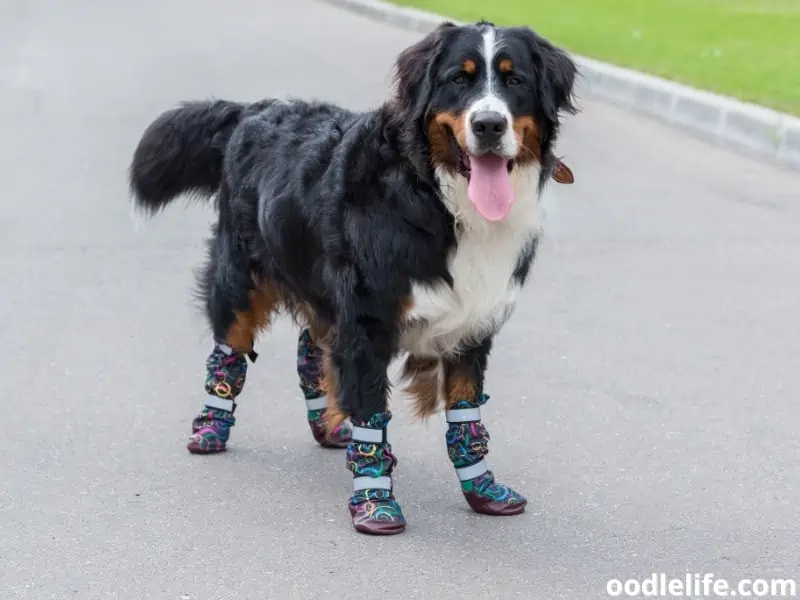
Watch Out for Broken Glass
Avoid broken glass and other sharp objects which can seriously injure dogs’ paws. Sharp shards of metal and glass can cut your dog’s paw and cause an infection.
Keep Your Eye on the Wound
Keep an eye on your dog’s paws, and if you see any signs of the pads peeling getting worse, take him to the vet for treatment.
If you see any signs of a worsening infection, such as swelling, redness, or discharge, take your dog to the vet right away.
It’s normal for the healing process to take some time, depending on how bad the original injury was, so don’t get discouraged. Just be patient and keep taking good care of your pup!
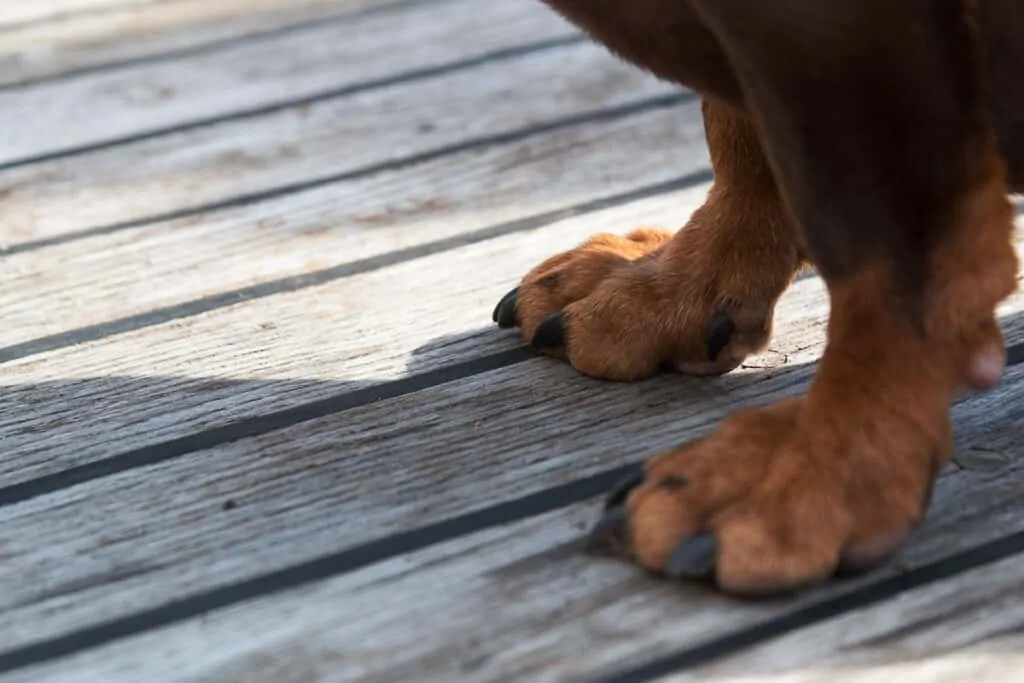
Clean Their Paws
Wipe down their paws when they come in from outside and check for any cuts or injuries. Believe it or not, There are a lot of germs outside, so it’s essential to clean the paws before they enter the house.
This may seem like a lot to do, but it will become much easier if you create a habit with your dog of doing this.
Use Your First Aid Kit
Keep a first aid kit in the home as it contains everything you need to temporarily treat your dog’s peeling pads until they start to heal or are seen by a vet.
In most cases, peeling dog pads are no cause for alarm and can be easily treated with moisturizers and creams. However, if the problem persists or becomes worse, take your dog to the veterinarian for a check-up.
If you follow these tips, you can help keep your dog’s paws healthy and free from peeling. And if your dog’s pads do start to peel, you’ll know what to do to help them heal.
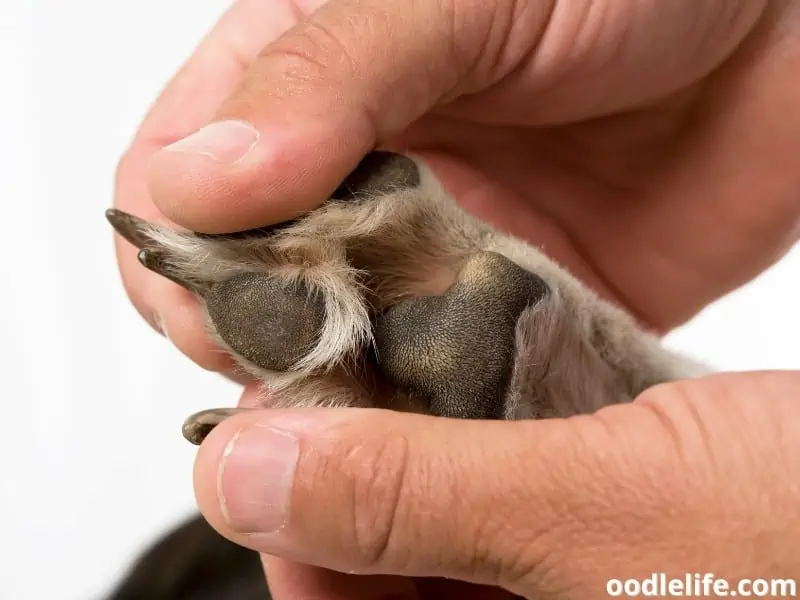
Wrapping Up
If your dog’s pads start to peel, there are a few things you can do to help. The two main remedies are applying a moisturizing cream or lotion to the pads to aid in healing or bandaging it to prevent further irritation.
If the problem persists or gets worse, take your dog to the vet. The goal is to understand the cause so that you can avoid it or cope with it better in the future.